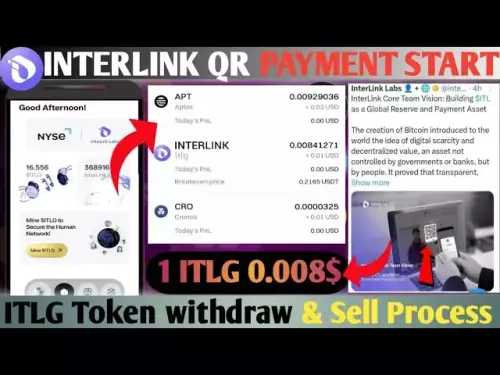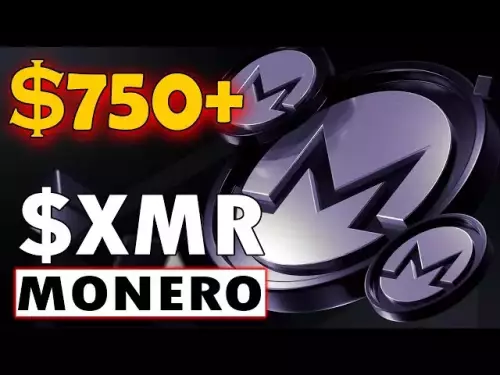-
 bitcoin
bitcoin $107208.295278 USD
-1.54% -
 ethereum
ethereum $3874.629914 USD
-1.38% -
 tether
tether $1.000440 USD
0.03% -
 bnb
bnb $1089.465513 USD
-5.53% -
 xrp
xrp $2.327672 USD
-1.65% -
 solana
solana $184.766505 USD
-0.73% -
 usd-coin
usd-coin $1.000076 USD
0.02% -
 tron
tron $0.310632 USD
-1.99% -
 dogecoin
dogecoin $0.187615 USD
-1.60% -
 cardano
cardano $0.633389 USD
-2.75% -
 ethena-usde
ethena-usde $0.999553 USD
0.03% -
 hyperliquid
hyperliquid $35.608231 USD
-4.13% -
 chainlink
chainlink $16.876114 USD
-3.98% -
 stellar
stellar $0.312239 USD
-0.91% -
 bitcoin-cash
bitcoin-cash $473.262969 USD
-7.09%
what is the benefits of blockchain technology
Blockchain's decentralized nature enhances cryptocurrency security, transparency, and efficiency by enabling immutable transaction records, reducing intermediaries, and fostering trust through public ledgers.
Mar 24, 2025 at 12:43 am
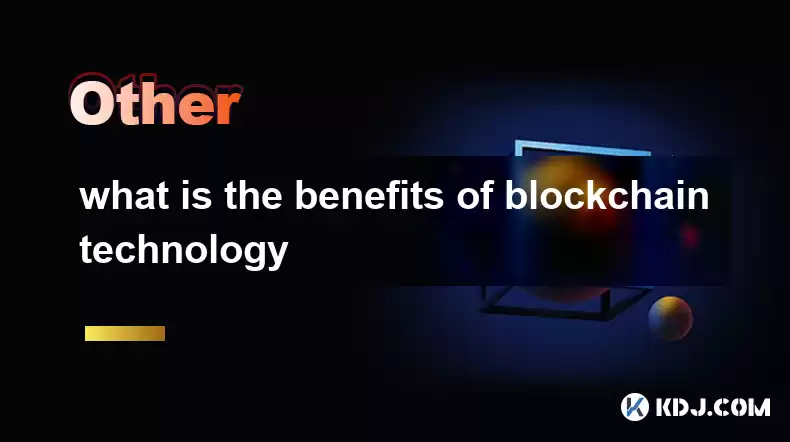
- Enhanced Security: Blockchain's decentralized and cryptographic nature makes it highly secure against tampering and fraud.
- Increased Transparency: All transactions are recorded on a public ledger, fostering trust and accountability.
- Improved Efficiency: Automated processes and reduced intermediaries streamline operations and lower costs.
- Greater Immutability: Once data is recorded on the blockchain, it's virtually impossible to alter or delete, ensuring data integrity.
- Enhanced Trust and Traceability: The transparent and auditable nature of blockchain builds trust among participants and allows for easy tracking of assets and transactions.
Blockchain technology, the foundation of most cryptocurrencies, offers a multitude of benefits within the cryptocurrency ecosystem. These advantages extend beyond simply enabling cryptocurrency transactions, impacting various aspects of the digital asset landscape. Let's delve deeper into the specific advantages.
Enhanced Security through Decentralization and CryptographyOne of the primary benefits is the enhanced security provided by blockchain's decentralized structure. Unlike traditional databases controlled by a single entity, blockchain is distributed across a network of computers. This makes it incredibly resistant to hacking and data manipulation. The cryptographic hashing algorithms ensure the integrity of each block, making it extremely difficult to alter past transactions.
Transparency and Immutability: A Public Ledger for AllAll transactions on a blockchain are recorded on a public, immutable ledger. This transparency fosters trust among participants, as everyone can verify the authenticity and legitimacy of transactions. The immutability of the blockchain means that once a transaction is recorded, it cannot be altered or deleted, providing a high level of data integrity. This is crucial for building confidence in the cryptocurrency system.
Efficiency and Reduced Intermediaries: Streamlining TransactionsBlockchain technology eliminates the need for intermediaries like banks or payment processors in many cryptocurrency transactions. This streamlining leads to faster and more efficient transactions, reducing processing times and associated fees. The automation inherent in blockchain further enhances efficiency, minimizing human error and delays.
Improved Traceability and Auditability: Tracking Assets with EaseThe transparent nature of blockchain allows for easy tracking of assets and transactions. This improved traceability is particularly beneficial in supply chain management, where the origin and movement of goods can be tracked with precision. This enhanced auditability increases accountability and reduces the risk of fraud or counterfeiting.
Facilitating Decentralized Applications (dApps): Expanding the EcosystemBlockchain technology underpins the development of decentralized applications (dApps). These applications run on a distributed network, making them resistant to censorship and single points of failure. dApps are expanding the cryptocurrency ecosystem beyond simple trading, enabling new forms of interaction and services.
Tokenization and Fractional Ownership: New PossibilitiesBlockchain enables the tokenization of assets, allowing for fractional ownership of real-world and digital assets. This opens up new investment opportunities and allows for more efficient management of assets. Tokenization simplifies the process of transferring ownership and enhances liquidity.
Smart Contracts: Automating Agreements and TrustSmart contracts are self-executing contracts with the terms of the agreement directly written into code. They automate the execution of agreements, reducing the need for intermediaries and increasing efficiency and trust. This is a powerful tool for various applications within the cryptocurrency world.
Enhanced Privacy through Privacy Coins:While most blockchains are public, some cryptocurrencies utilize privacy-enhancing technologies to obscure transaction details. These "privacy coins" offer a higher level of anonymity for users who prioritize their privacy. The trade-off is often a reduction in transparency.
Beyond Cryptocurrency: Expanding Applications of BlockchainWhile initially associated with cryptocurrencies, blockchain's potential extends far beyond this domain. Its applications are being explored in various sectors, including supply chain management, healthcare, voting systems, and digital identity management. These applications highlight the broader versatility of the technology.
Common Questions and Answers:Q: Is blockchain technology truly secure?A: While blockchain's decentralized and cryptographic nature offers high security, it's not invulnerable. Weaknesses can exist in specific implementations or protocols, and vulnerabilities are occasionally discovered and exploited. However, the overall security offered by blockchain is significantly higher than centralized systems.
Q: How does blockchain improve transparency?A: Blockchain improves transparency by recording all transactions on a public ledger accessible to anyone. This allows for verification of transactions and enhances accountability, reducing the potential for fraudulent activities.
Q: What are the limitations of blockchain technology?A: Limitations include scalability issues (handling a large number of transactions), energy consumption (particularly with Proof-of-Work consensus mechanisms), and regulatory uncertainties. Furthermore, the immutability of blockchain can also be a limitation in certain scenarios requiring data modification.
Q: How does blockchain impact transaction efficiency?A: By eliminating intermediaries and automating processes, blockchain significantly enhances transaction efficiency. This leads to faster processing times and reduced costs compared to traditional systems. However, network congestion can sometimes slow down transaction speeds.
Q: What is the role of cryptography in blockchain security?A: Cryptography plays a crucial role in ensuring the security and integrity of blockchain. Hashing algorithms and cryptographic keys secure transactions, prevent tampering, and verify the authenticity of data. Without robust cryptography, blockchain would be significantly less secure.
Disclaimer:info@kdj.com
The information provided is not trading advice. kdj.com does not assume any responsibility for any investments made based on the information provided in this article. Cryptocurrencies are highly volatile and it is highly recommended that you invest with caution after thorough research!
If you believe that the content used on this website infringes your copyright, please contact us immediately (info@kdj.com) and we will delete it promptly.
- Bitcoin, Crypto Coins, and 2025: What's the Hype?
- 2025-10-19 06:25:15
- Dogwifhat's Price Stabilization: Is a Reversal Rally on the Horizon?
- 2025-10-19 06:45:13
- Uniswap's UNI Navigates Open Interest Dip: What's Next?
- 2025-10-19 06:45:13
- Solana, TVL, and Meme Coins: A New Era?
- 2025-10-19 06:25:15
- Steve Jobs, American Innovation, and a $1 Coin: A New York State of Mind
- 2025-10-19 06:50:11
- Meme Coins: Buy Now or Wait? Presale Trends and Future Insights
- 2025-10-19 06:30:15
Related knowledge
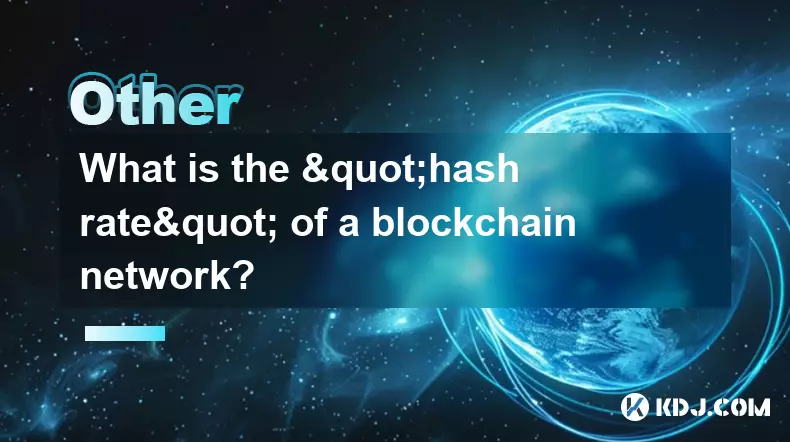
What is the "hash rate" of a blockchain network?
Oct 10,2025 at 03:55pm
Understanding Hash Rate in Blockchain Networks1. The hash rate refers to the total computational power being used to process transactions and mine new...
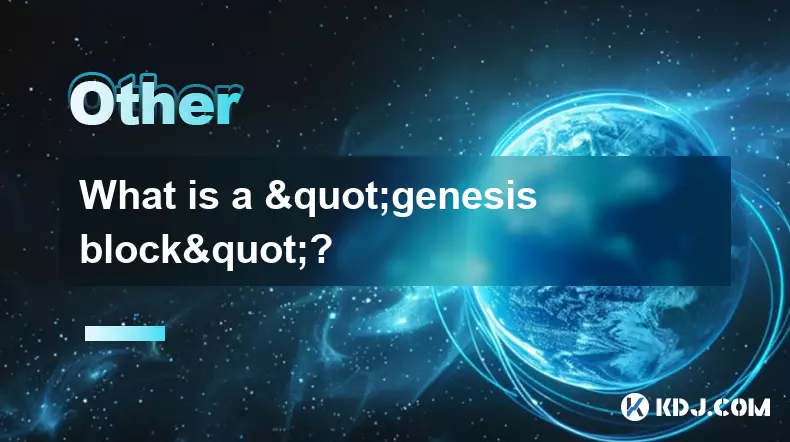
What is a "genesis block"?
Oct 15,2025 at 07:55pm
Understanding the Genesis Block in CryptocurrencyThe genesis block is the very first block in a blockchain network. It serves as the foundation upon w...
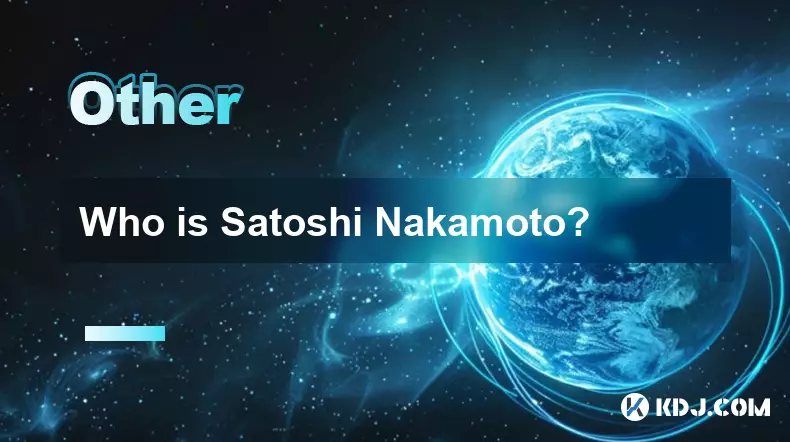
Who is Satoshi Nakamoto?
Oct 15,2025 at 01:01pm
Who is Satoshi Nakamoto?1. Satoshi Nakamoto is the pseudonymous individual or group credited with creating Bitcoin, the first decentralized cryptocurr...
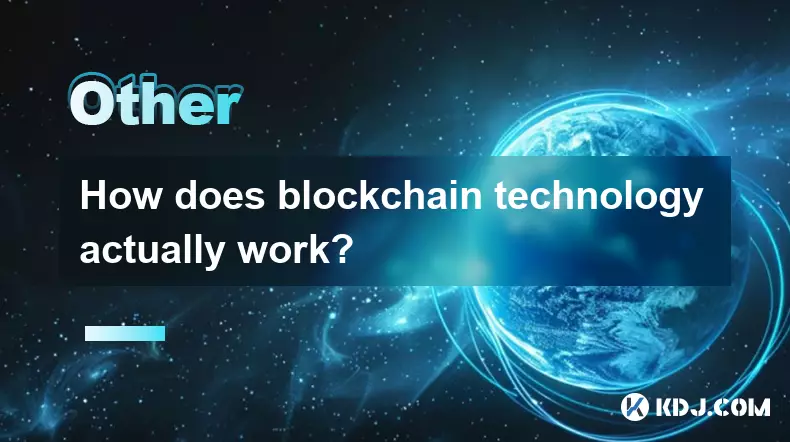
How does blockchain technology actually work?
Oct 11,2025 at 02:36pm
Understanding the Core Mechanism of Blockchain1. At its foundation, blockchain is a decentralized digital ledger that records transactions across mult...
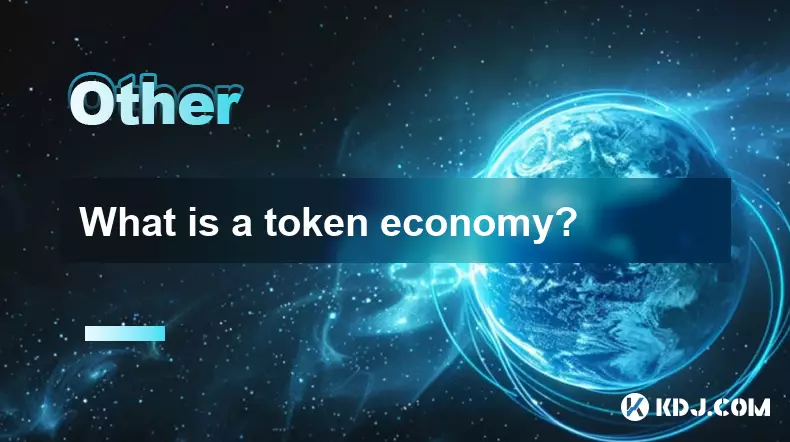
What is a token economy?
Sep 20,2025 at 12:18am
Understanding the Foundations of a Token Economy1. A token economy in the context of cryptocurrency refers to a system where digital tokens are used a...
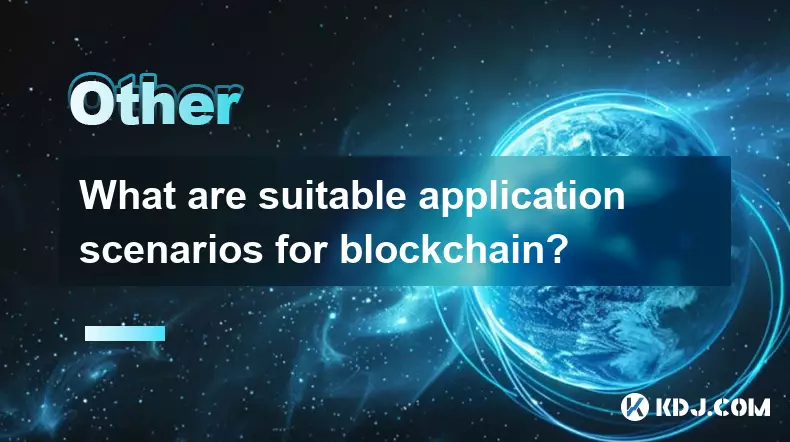
What are suitable application scenarios for blockchain?
Sep 20,2025 at 03:19am
Decentralized Finance (DeFi) Platforms1. Blockchain enables the creation of financial services without centralized intermediaries, allowing users to l...

What is the "hash rate" of a blockchain network?
Oct 10,2025 at 03:55pm
Understanding Hash Rate in Blockchain Networks1. The hash rate refers to the total computational power being used to process transactions and mine new...

What is a "genesis block"?
Oct 15,2025 at 07:55pm
Understanding the Genesis Block in CryptocurrencyThe genesis block is the very first block in a blockchain network. It serves as the foundation upon w...

Who is Satoshi Nakamoto?
Oct 15,2025 at 01:01pm
Who is Satoshi Nakamoto?1. Satoshi Nakamoto is the pseudonymous individual or group credited with creating Bitcoin, the first decentralized cryptocurr...

How does blockchain technology actually work?
Oct 11,2025 at 02:36pm
Understanding the Core Mechanism of Blockchain1. At its foundation, blockchain is a decentralized digital ledger that records transactions across mult...

What is a token economy?
Sep 20,2025 at 12:18am
Understanding the Foundations of a Token Economy1. A token economy in the context of cryptocurrency refers to a system where digital tokens are used a...

What are suitable application scenarios for blockchain?
Sep 20,2025 at 03:19am
Decentralized Finance (DeFi) Platforms1. Blockchain enables the creation of financial services without centralized intermediaries, allowing users to l...
See all articles
























